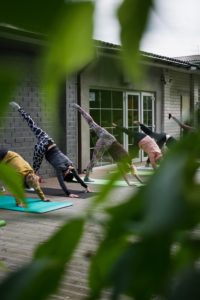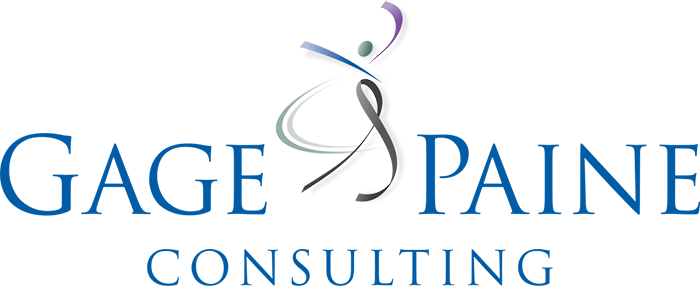Determining Purpose

Photo by Rima Kruciene on Unsplash
When you walk into a yoga studio it’s easy to tell immediately that this is not your usual exercise class. It’s quiet. There’s no up-tempo music playing, there are no pulsing lights, there’s no peppy instructor trying to rev you up to get you ready to push yourself. If there is music playing, it’s calming, ambient noise. The lights are just on, not pulsing. There may even be candles burning or a scent of incense in the air. Students are taking off their shoes and talking quietly or sitting on their mats with closed eyes. Different purposes, different styles. Walking into either a gym or a yoga studio can be intimidating, but the yoga studio is so counter to our daily culture of noise and movement, it can be disconcerting to many new students. One of the lessons yoga can teach us is to change the pacing of our work.
There will always be emergencies and priorities and tasks that have to be done right now! But not every task is a priority. Not every new idea is urgent. Everything doesn’t have to be done right now. When we have a choice (and I think we have a choice more often than we admit) we can use the yoga practices of breath, self-awareness, and intention to change how we respond to the world around us.
Yesterday, I had the opportunity to participate in TEDx San Antonio’s Red Dot Cafe. Named after the big red dot placed in the center of the TED or TEDx stage, the cafe was created specifically for this time of physical distancing and features “previous speakers and experts whose ideas can help us reflect on this time in history with a sense of responsibility + compassion and provide some levity.” Steve Baskin, CEO of Camp Champions and a 2012 TEDx San Antonio speaker, and I joined Angelica Cordero of TEDx San Antonio, to reflect on the applications of our speeches to today’s circumstances. You can watch here: https://tedxsanantonio.com/RedDotCafe/
After the livestream, as the three of us were wrapping up, Angelica commented on the different pace and flow of our conversation than the one the previous day. The two participants on that day had been very high energy and the conversation was ping, ping, ping. Ours was slower paced and calmer. We had a real conversation. I wanted to hear what he had to say and he listened to what I had to say. Of course, that may have been true of the two people the day before, but in my experience to truly learn from someone else, it helps to slow down the back and forth, to pause before responding, to let each person have space to hear themselves think. In most workplaces, we can’t really light candles and play soothing music. And to be honest at 2:00 in the afternoon, I need a bit of movement and up-tempo because that’s my daily slump. But the point is that there’s a place for both and we can choose.
As you set up a meeting, does it need to be fast-paced and get-it-done? Or might it be more useful to create an opportunity for people to be reflective and thoughtful together? And what do you need to do to create the different spaces and ways for people to engage? And, these days, how do you need to translate that to our virtual spaces and engagements. This is another version of setting an intention – being deliberate about what we want to happen and working to create opportunities for different purposes to have different styles – just as in gyms and yoga studios.
Take care
Gage
